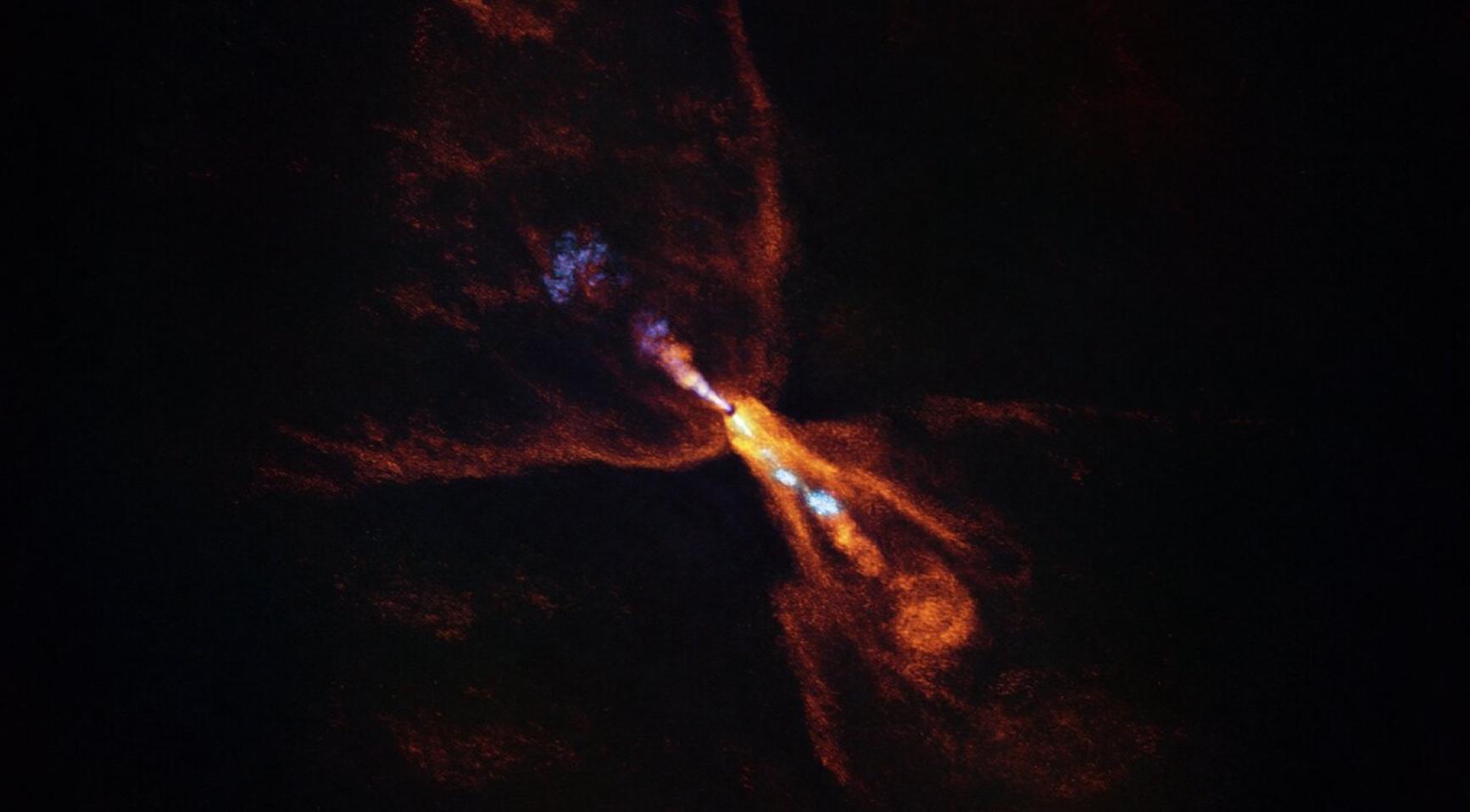Dutch astronomers have witnessed the birth of a solar system. It is the first time scientists have observed planets beginning to form. They reported their findings in the leading scientific journal Nature.
“For the first time, we have identified the earliest moment when planet formation is initiated around a star other than our Sun,” said researcher Melissa McClure of Leiden University. The scientists studied the infant star HOPS-315, located approximately 1,300 light-years away. They used the James Webb Space Telescope and the advanced ALMA telescope in Chile.
According to the Netherlands Research School for Astronomy (NOVA), HOPS-315 resembles “our sun in its early years.” A disk of gas and dust surrounds the star. This material eventually clumps together. First, planetesimals (chunks of ice) are formed, which then coalesce to form planets and moons.
One of the first substances formed in the heat around a star is silicon monoxide. This mineral is also found in many meteorites on Earth. These were formed when our solar system formed 4.6 billion years ago. The Dutch measurements show that the silicon monoxide around the star HOPS-315 is clumping and solidifying. They discovered both gas and crystals of the material.
In a statement, researcher Merel van ‘t Hoff calls it “a picture of the baby Solar System.” According to her, the star HOPS-315 and the disk around it resemble “what our Solar System looked like when it was just beginning to form.”
